I had my Tuscan photo-op fantasy fulfilled while driving through the Val d’Orcia. Verdant hills, quintessential cypress rows, perfectly manicured vineyards, historic ridgetop villages—these are the vistas that abound in the Val d’Orcia. Throw in a perfectly sunny day in autumn, and you’ll be propelled into a photo-taking frenzy like I was. Although I must say, while I was fortunate enough to snap some striking shots, there is no replacement for experiencing this slice of Italian countryside other than being there in the flesh.
Stretching from the clay hills of the Crete Senesi to the formidable Monte Amiata, the Val d’Orcia is home to some of the richest soil in Italy, thanks to eruptions from the Amiata volcanic complex hundreds of thousands of years ago (today she lies dormant). Several prominent towns dot the hills above the valley floor, most notably Pienza, Montalcino, San Quirico d’Orcia, and Castiglione d’Orcia. Each of these towns has benefitted from the fruits of the earth, from the world-famous Pecorino di Pienza to Montalcino’s celebrated Brunello vino rosso and the thermal baths of San Quirico and Castiglione.
Charles and I drove through the Val d’Orcia en route to Rome. We were actually headed for Montepulciano, but when we got wind that the town had been overtaken by TV crews filming a new Medici mini-series starring Dustin Hoffman, we decided to rearrange our itinerary. Instead, we set sail for Pienza. From our hotel near Sinalunga, we followed SP15 as it traversed the hilly terrain separating the Val di Chiana from the Val d’Orcia, passing through farmland that had been freshly tilled in preparation for next season’s crop.
Upon arriving in Pienza, we noticed one thing in particular—the town was void of any steep hills or inclined walkways (a rarity for Tuscan hilltop hamlets). We also noticed an air of perfection inherent in the architecture of the town’s main structures and squares. Maybe it was the masonry set aglow by the autumnal sun’s reflection, but everything just appeared flawless.
It came as no surprise when we discovered that Pienza’s centro storico is renowned for its “ideal city” blueprint. Formerly the village of Corsignano, it was the birthplace of Enea Silvio Piccolomini, who became Pope Pius II in 1458. Upon election to the papacy, Piccolomini had his hometown reconstructed into an ideal Renaissance village, which was to serve as his retreat from the Vatican in Rome. In three short years, unassuming Corsignano was converted into utopian Pienza by Renaissance master Bernardo Rossellino, with the addition of the Duomo (Cattedrale dell’Assunta), Palazzo Piccolomini, a town hall, and Piazza Pio II.
The centro storico is not very large, with a main pedestrian thoroughfare running through the center. Stemming off this main road are numerous cobbled vicolos that spill out onto a narrow walkway hugging the edge of a plateau high above the Val d’Orcia with bird’s-eye views extending all the way to Monte Amiata. We toured the Duomo and walked around for a bit, popping in and out of a few shops. We were drawn into Bottega del Naturista by the site of virgin Pecorino wheels. Proprietor Elise di Mario greeted us with ample tastings of Pecorino fresco (virgin), stagionato (aged), and tartufello (with black truffle). After demonstrating the anti-aroma capabilities of her vacuum sealer, we happily purchased two hunks of each cheese and went on our merry way.
From Pienza, we followed SP18 down into the valley, and this is when my photo-taking frenzy began. Waiting around every bend in the road was one incredible view after another—green, bronze, and golden fields striped with fresh till striations; villas with zigzagging drives lined with ancient cypress; rolling hills with undulating shadows against cerulean sky. We were swimming in quintessential Tuscan tableaus. Charles couldn’t stop the car fast enough to let me out and snap the next amazing shot. It was thrilling and almost overwhelming to be surrounded by such a vast sea of beautiful countryside.
The panoramas continued along SP53 and along SP40, which snaked its way up and over the hills, depositing us back into the Val di Chiana where we jumped on the A1 bound for our next stop, Orvieto. I’m glad we decided to skip Montepulciano. Otherwise, we probably would’ve missed out on experiencing that little sliver of verdurous heaven.
(Last visited in October, 2015)


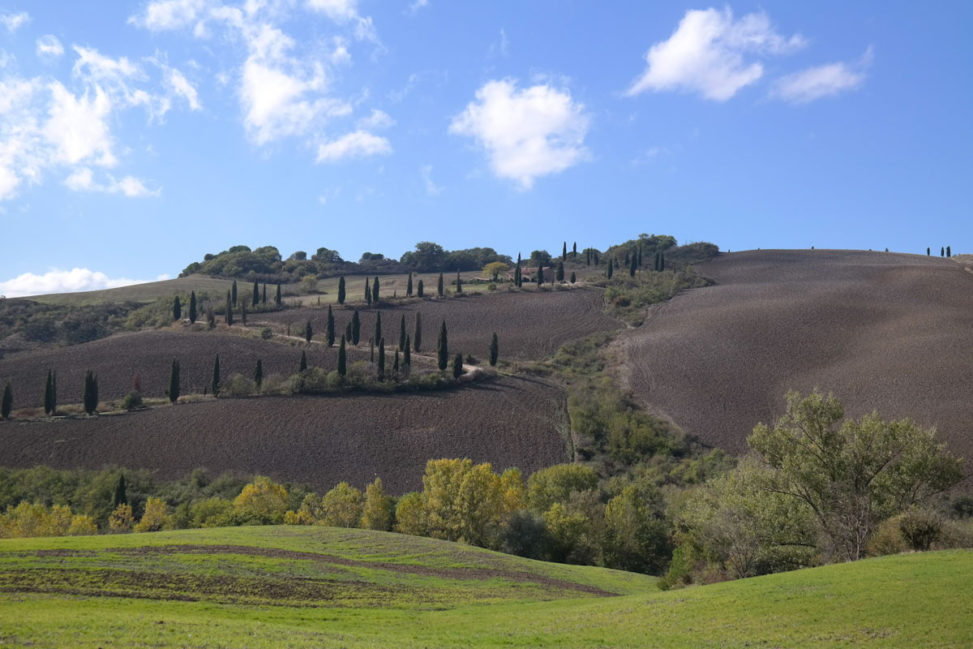
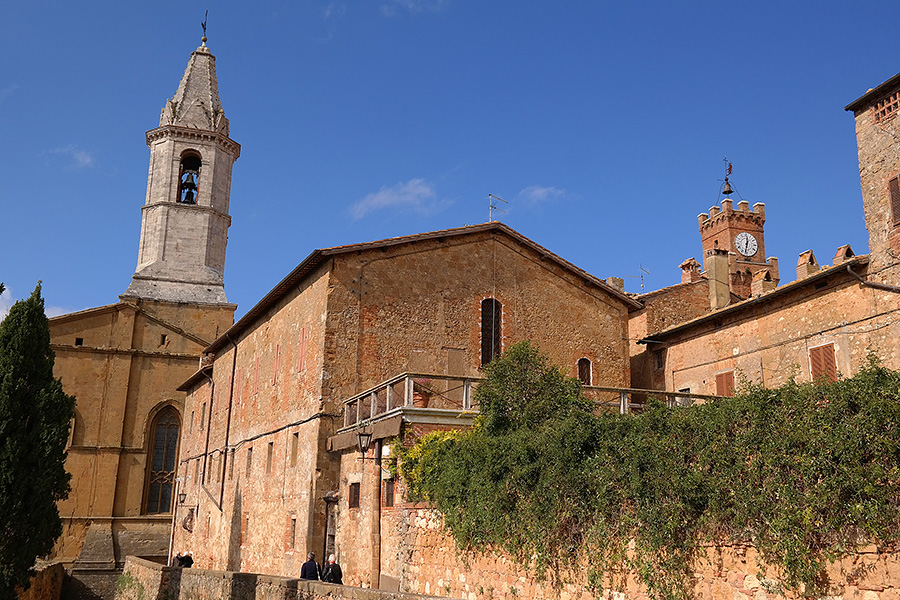
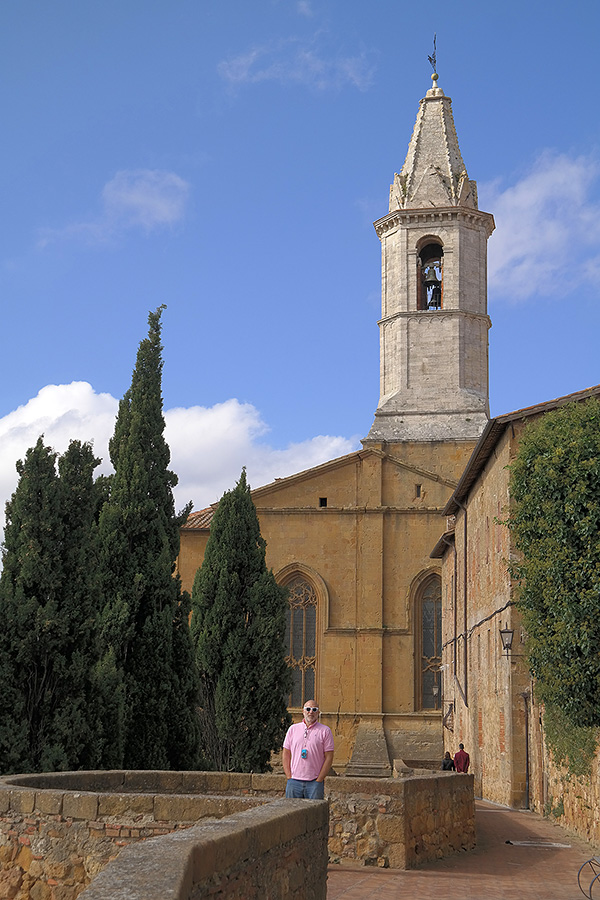
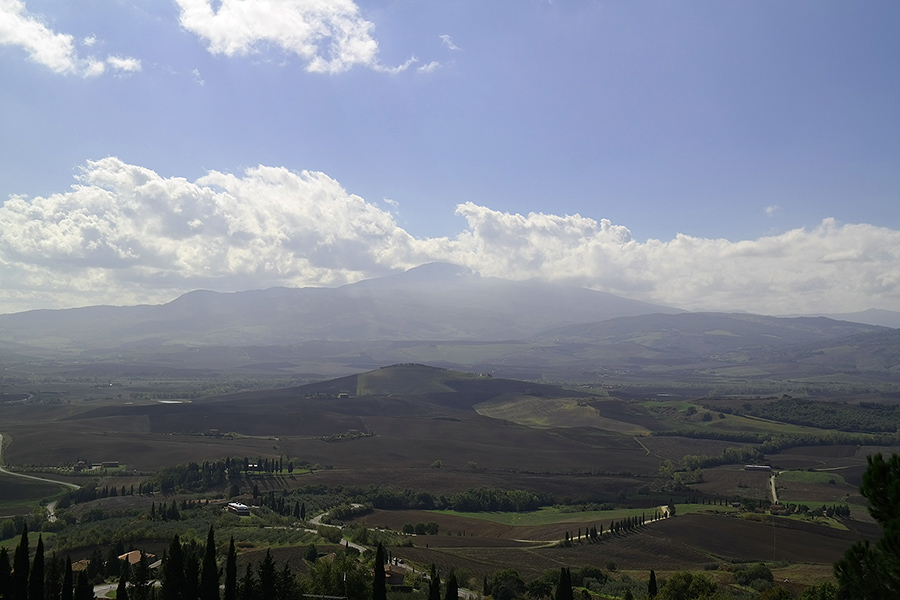
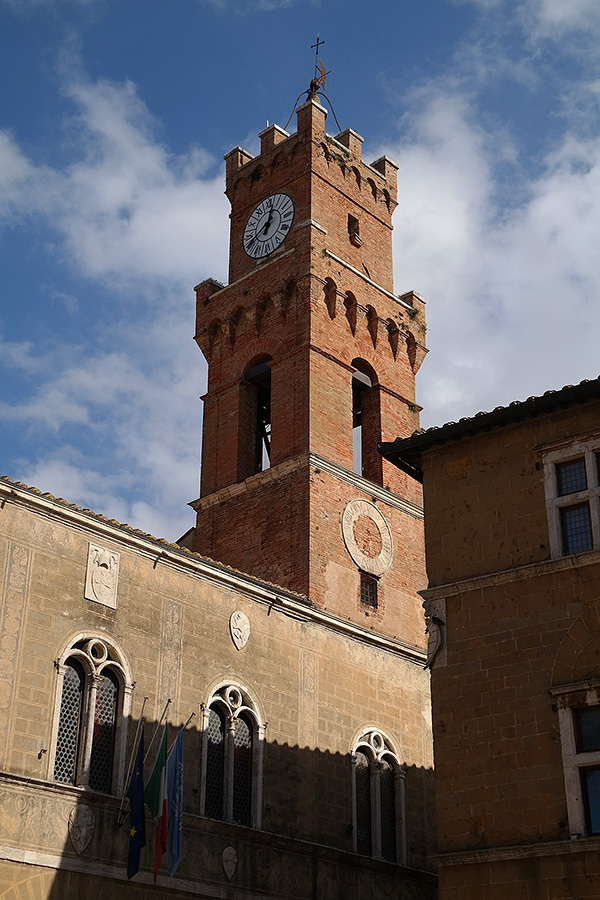
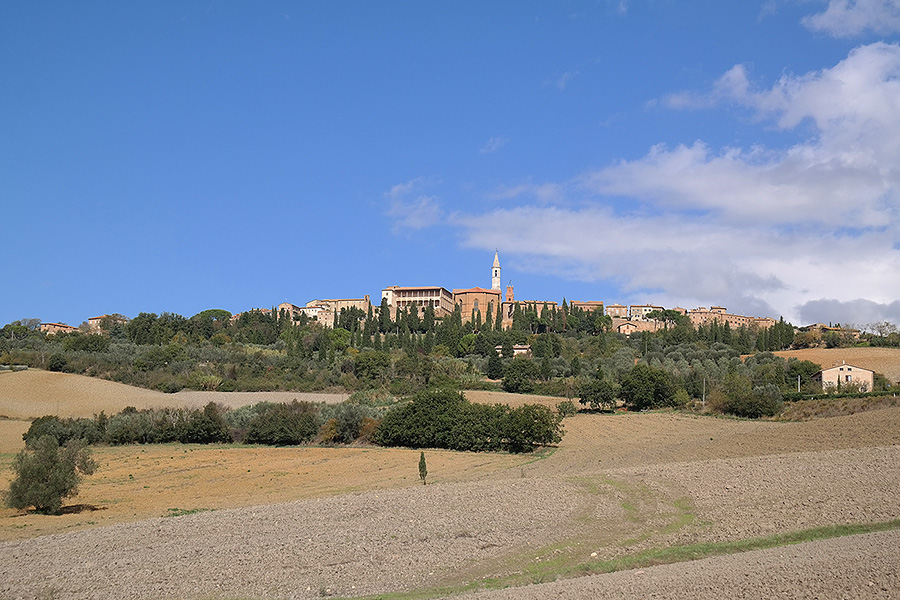
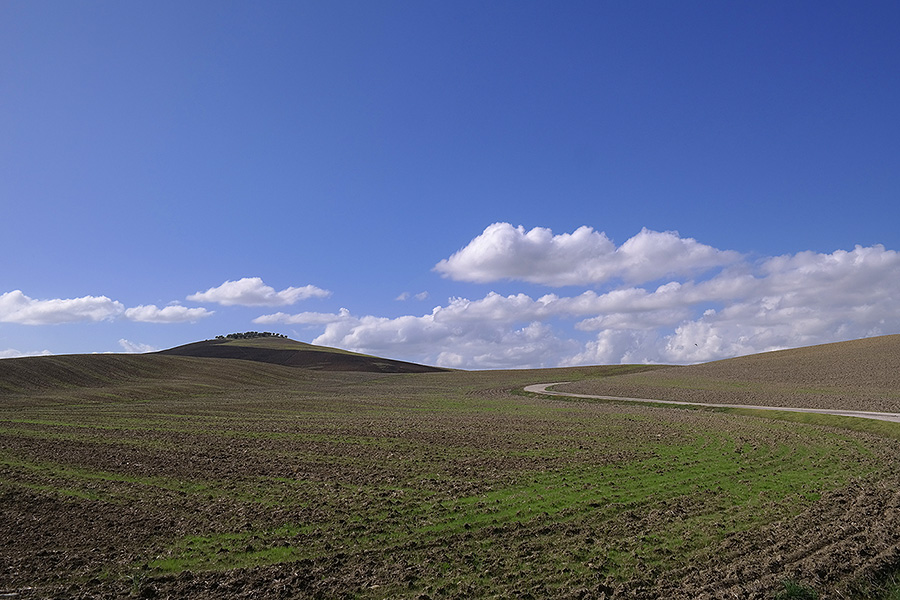
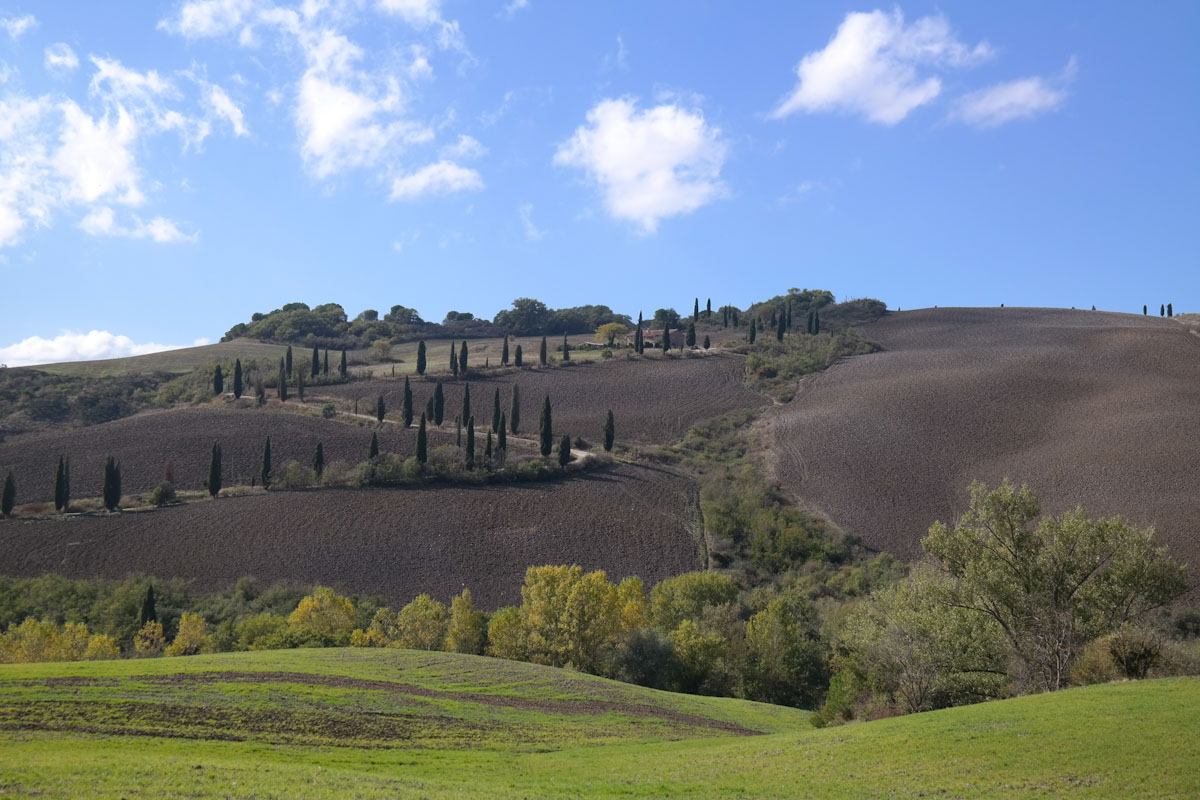
sikis izle
Vielen Dank für die gemeinsame Nutzung.
gotten sikis
Thank you for sharing.